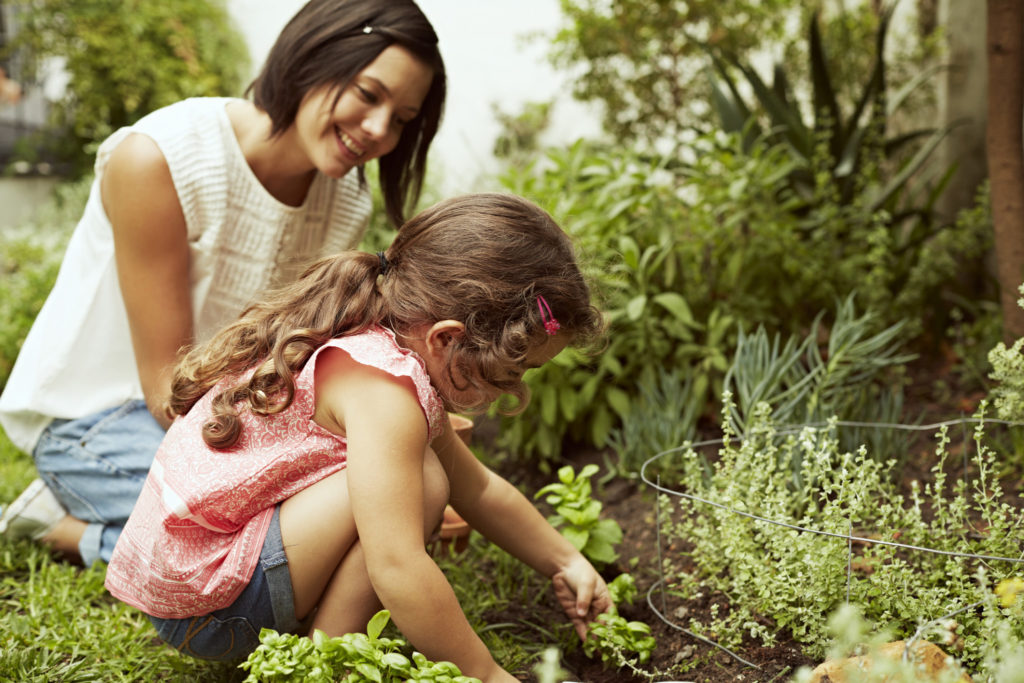We have great news! #OneKitOnetree is back! Starting June 12, we are partnering with American Forests® to plant one tree for every Get Clean® Starter Kit we sell. Also, in honor of World Environment Day, here are a few ideas to help you “start small”, and make a positive impact on the environment.
Water Watch: The EPA suggests that the average household’s leaks can account for more than 10,000 gallons of water wasted every year, or the amount of water needed to wash 270 loads of laundry.[i] With droughts becoming more common, the cost of getting water to your tap is becoming apparent. Try using less water wherever you can, and check for leaks so you can have them fixed.
Ride/Walk: Leave your car at home whenever you can. Parking your car two days a week can reduce your greenhouse gas by 1,600 pounds per year.[ii] If you like to exercise, run or bike to your errands or use public transportation.
Recycle: Recycling helps the environment by using fewer resources to produce products from recycled materials.
Compost: Solid waste makes up a good portion of landfill waste. Start a compost pile and use the finished compost to feed your garden.
Use Natural Products: Studies suggest each home has over 10 pounds of toxic chemicals from cleaners, old paint, insecticides, and other chemicals. Avoid these chemicals altogether. There are great, natural products that work just as well (if not better) than harsh chemicals and are good for the environment.
Stay Efficient: Whether it is your air-conditioning, heater, or car, keep them running well by doing proper maintenance. Tire pressure alone can decrease fuel efficiency by up to 3 percent. When you must replace your appliances, make energy-efficient choices—not only will your wallet thank you, but so will the environment.
Dine Locally: This doesn’t mean go to the restaurant nearest you, but choose one that supports local farmers and local produce. Eating foods grown in your area helps to ensure that what you eat is fresh and hasn’t traveled halfway around the globe to get to your table.
Buy Online: Buying online may not seem very environmentally friendly at first. After all, those delivery trucks (UPS, FedEx, post office) will go by your house every day whether you purchase something or not. But, buying online means you are saving at least one trip in your car.
Pre-cycle: One of the best ways to help the environment is through re-use. Try taking your own cup to your favorite coffee house and carry your own water bottle with you. When you do buy new, avoid heavily packaged items (studies show food packaging makes up almost two-thirds of all packaging waste in the United States).
Get outside: One of the best ways to help the environment is to go outdoors and remember how wonderful it is and how much it needs to be preserved. Go for a walk, dig in the dirt, camp, play, and enjoy the Earth!
[i] https://www3.epa.gov/watersense/pubs/fixleak.html
[ii] https://www3.epa.gov/climatechange/Downloads/wycd/wycd-road.pdf






